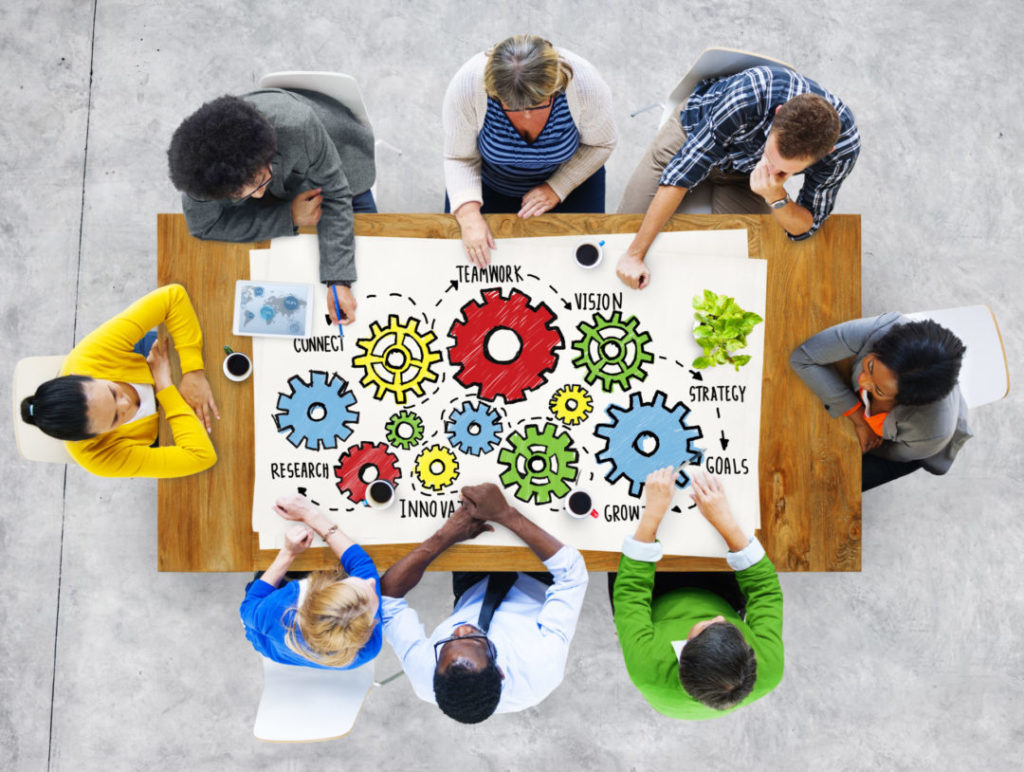
01
Aug
Corporate Training Through Gamification
in Innovation
Comments
Learning should be fun. Cheesy? Maybe. But without gamification, some of our most revolutionary findings as a species may have ceased to come into fruition. Take the example of 19th-century Russian scientist Dimitry Mendeleev. Mendeleev was a legendary scientist who is commonly recognised for publishing the first rendition of the periodic table of elements. He was never the most successful student growing up, but was renowned for being an avid card player. He used his card playing experience to categorise the elements in a similar way to a card game. Through this, he was better able to understand the relationships linking each card, and hence element, to one another. After publishing his findings, other scientists were quickly able to fill in any gaps and hence the periodic table was formed. A great example of how simple gamification principles led to the greatest discovery in chemistry.
So, what point am I trying to make here? Gamification is important. It ensures learning is fun for employees, whilst also effectively allowing them to retain the knowledge that their brain is processing. Here are some reasons why you should look to gamification to empower your workforce.
Better Knowledge Retention
Gamification helps users retain more of what they learn. With studies showing that it can increase knowledge retention for students by around 40 percent, it is clear that the future lies in gamification. Not only does it make learning more engaging for your employees, it ensures that what they learn sticks in their mind so that they can continue to apply it within the workplace.
Environment of Instant Feedback and Reinforcement
Waiting around to find out how well they did or didn’t do can disengage employees. In our world of rapid stimuli, users need to be positively or negatively reinforced at a fast pace. With gamification, users receive feedback instantly. This ensures that they stay engaged for long periods of time. Correct behaviours are reinforced and wrong behaviours are quickly corrected. This ensures that performance stays optimal.
Employee Motivation and Recognition
Gamification allows companies to set personal benchmarks, leaderboards, training tasks and so on for their employees. In other words, by setting goals and tasks, the efforts of the employee doesn’t go unrecognised. This ensures that they stay motivated to continue to improve their performance. This doesn’t just mean recognising those at the top of the leaderboards, but more importantly it can highlight relative improvements, hence motivating everyone to keep achieving to the best of their own ability. It gives a feeling that performance is noticed, appreciated and rewarded.
Autonomous Nature
Educating employees through games allows them to make the decision whether they want to learn or not. By doing this, you put the ball in the employee’s court, which has been shown to be more effective in engaging them. The ability to choose is one of the strongest drivers in terms of engagement and motivation. Treat employees like the adults they are and they in turn will put more trust in you.
Achieving Flow State
In order to master a skill, one needs to enter a flow state. This is a state of mind where work comes with ease as you feel in complete control of your conscious mind. Think of when you drive a car. You have done it many times and hence, when you start driving, you go on autopilot without hesitation. Gamification can help employees enter that same state of mind in a fun, easy and effective way. Once in this state, they will be able to master any necessary skills much more easily.
—
